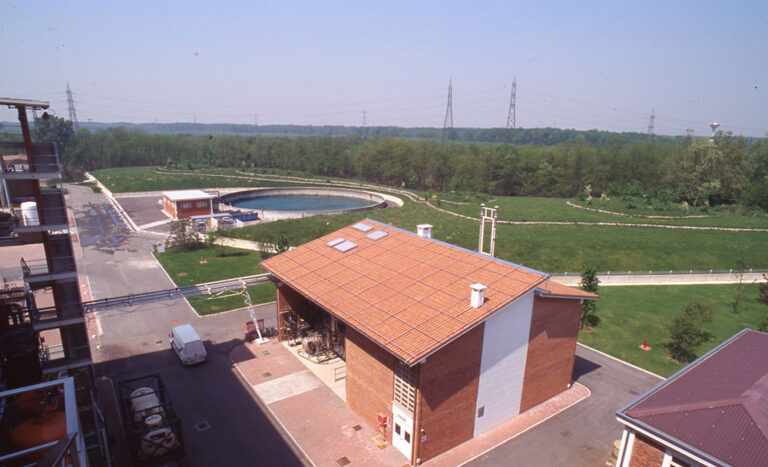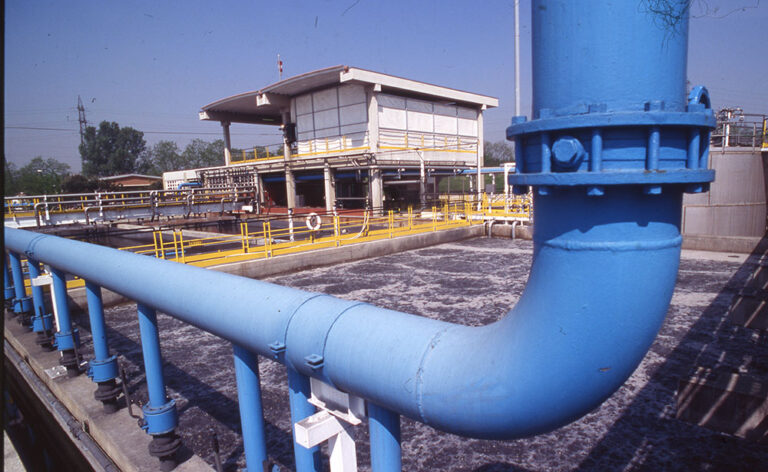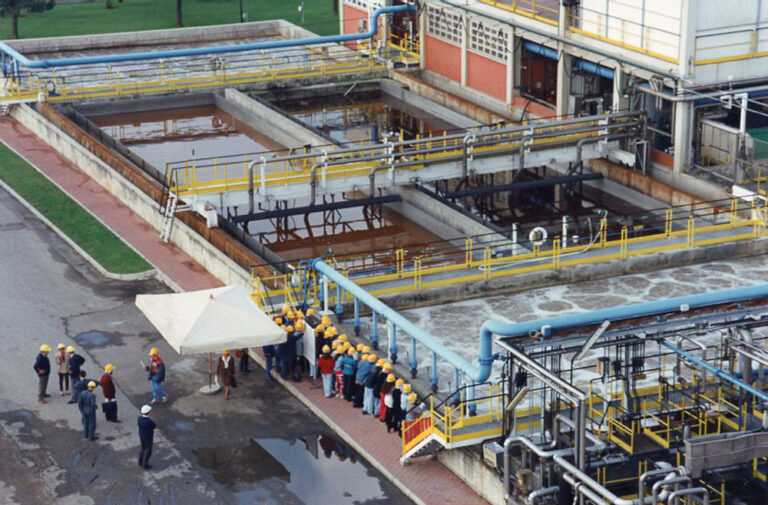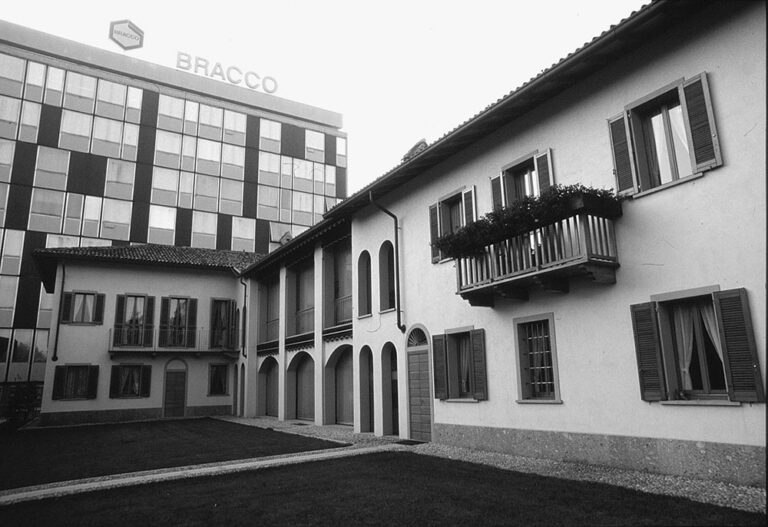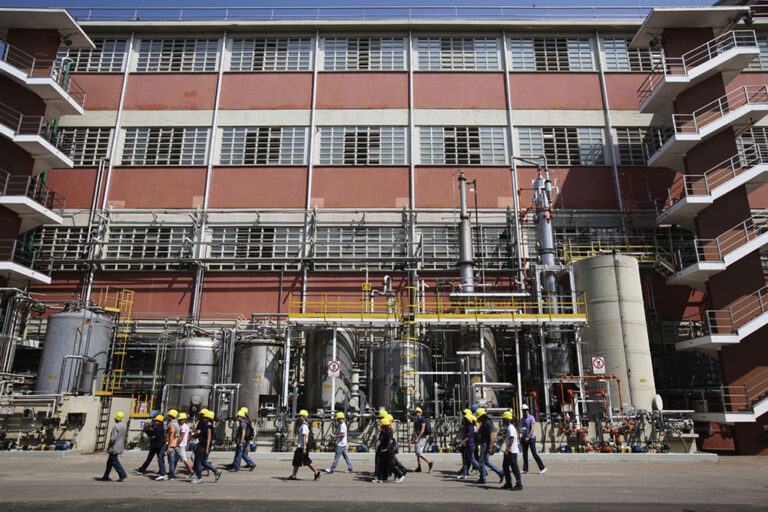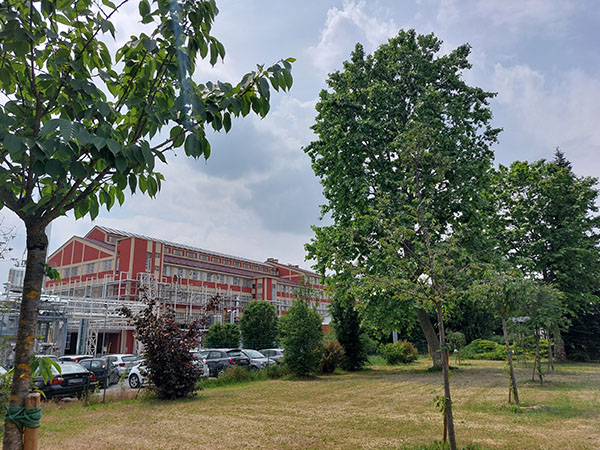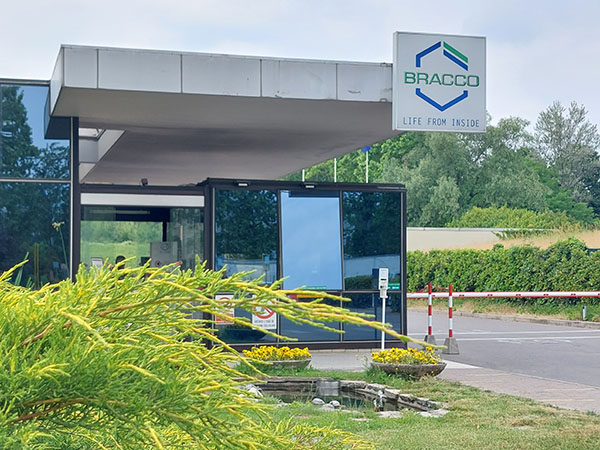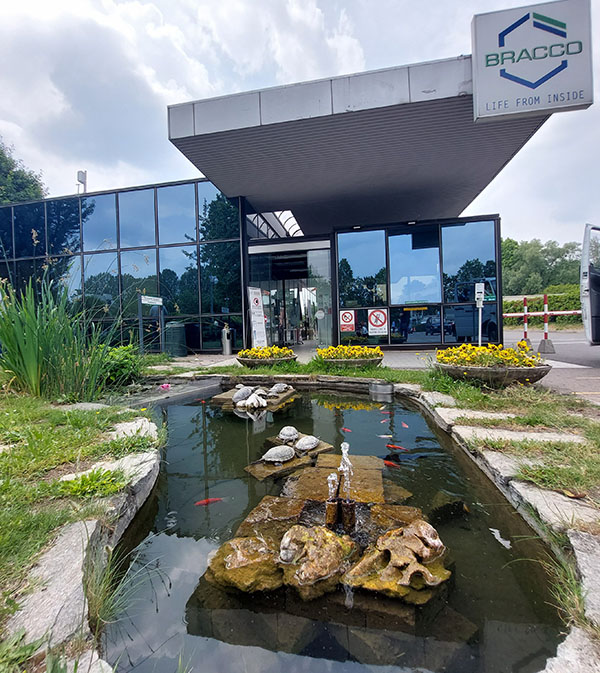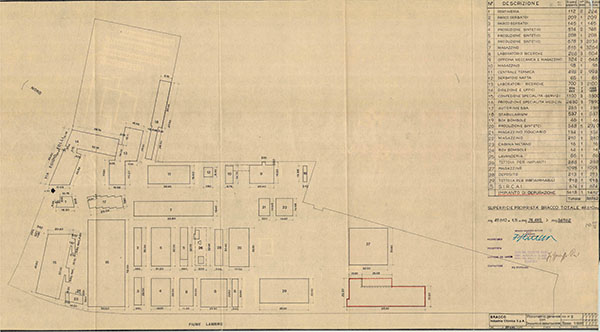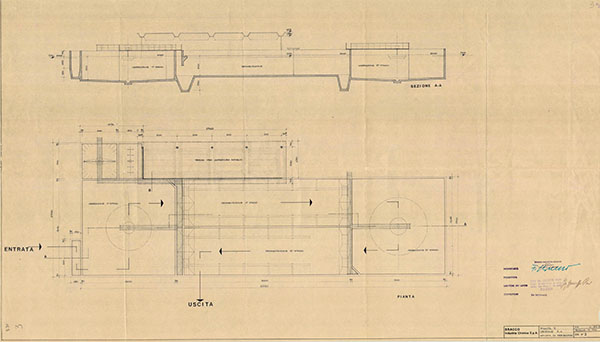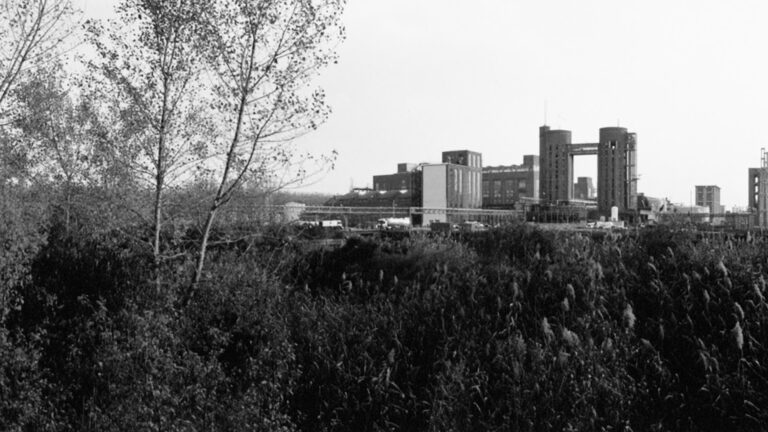
Safeguarding the environment is one of Bracco’s “obsessions”. It could be said that this Milan-based company had been “green” long before the word was fashionable, much earlier than the concept of sustainability itself was popular, which today has become a common principle.
Bracco’s care for the environment stems directly from its interconnectedness with the area and the community where it operates. The story of the first wastewater treatment system in Lambrate is one such example.
We are in the early 1970s. The Lambro is a turbulent river and prone to frequent flooding. But Fulvio Bracco also remembers it because, in his words, “it was a beautiful river with clean waters, you could catch shrimp along its banks.” That may be hard to believe now, but back then it was true. Do you want proof? In that exact spot, there was a tavern called “The Shrimp”. (A brief story within a story: when the plant was being enlarged, Fulvio Bracco wanted to preserve that tavern, a small piece of Lambrate history, by restoring it while maintaining the original architecture).
Precisely because of this strong bond with that part of eastern Milan, the entrepreneur decided to create what he himself described as “one of our first major steps towards protecting the environment.” For that time, it was a groundbreaking wastewater treatment structure, built with the Ciba Geigy system.
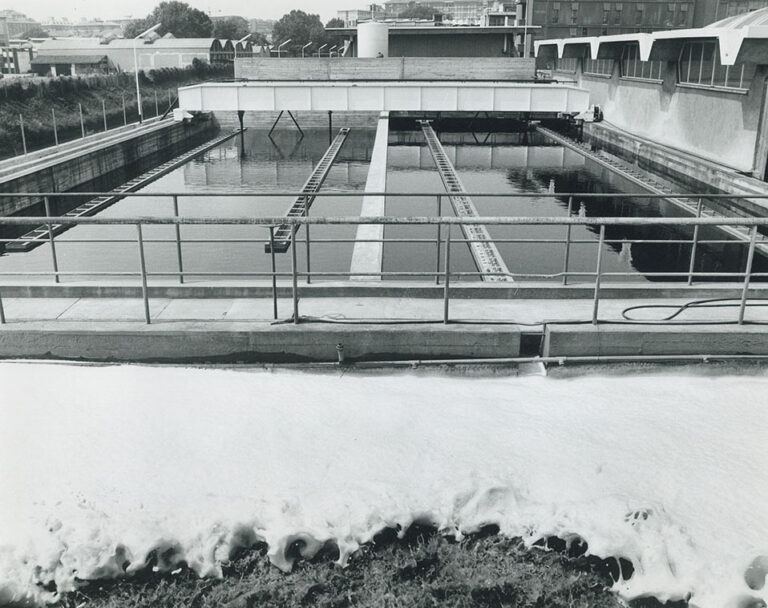
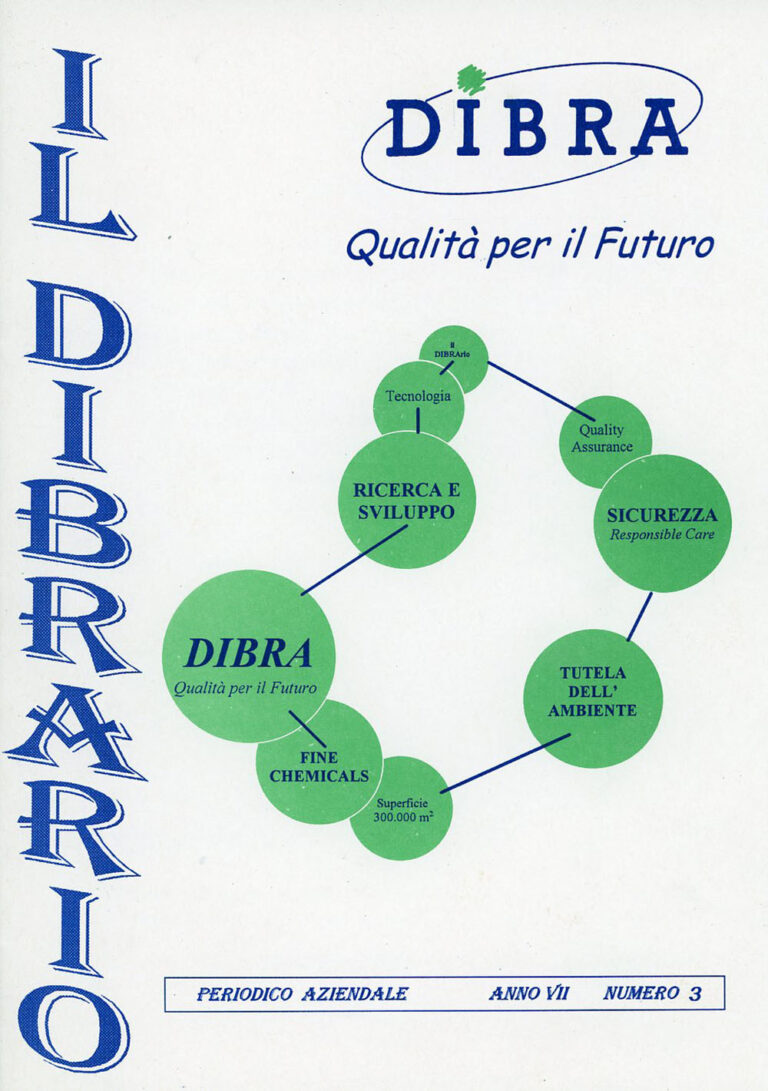
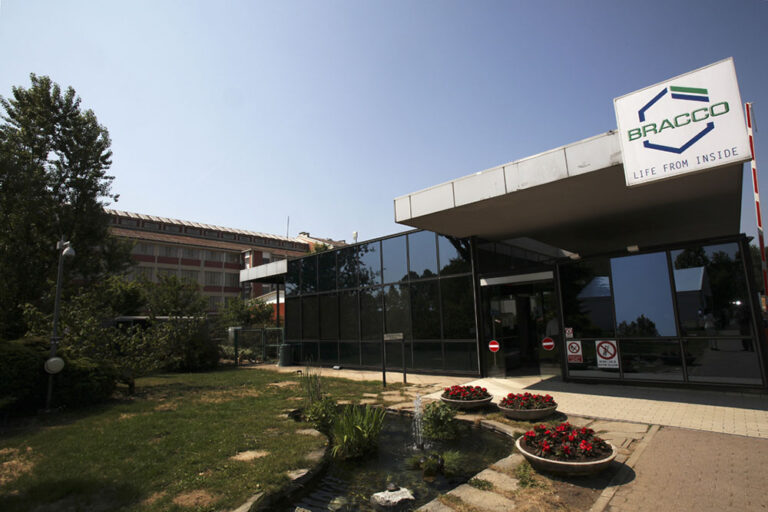
Some years later, in the second half of the 1980s, it was Ceriano Laghetto’s turn, and the site was equipped with a very modern wastewater treatment system for those times. Over the years, advancements in technology have made further improvements possible, which have been implemented step by step.
From the past to the present, Bracco pays special attention to the management of water as a resource in all of its facilities: both the reduction of water consumption and through recovery and recycling, as well as the treatment of waste fluids and waste water. Just think that in recent years, the total amount of water discharge from the Colleretto Giacosa, Torviscosa, Ceriano Laghetto, Ginevra, Shanghai and Singen sites combined has decreased by hundreds of megaliters.
